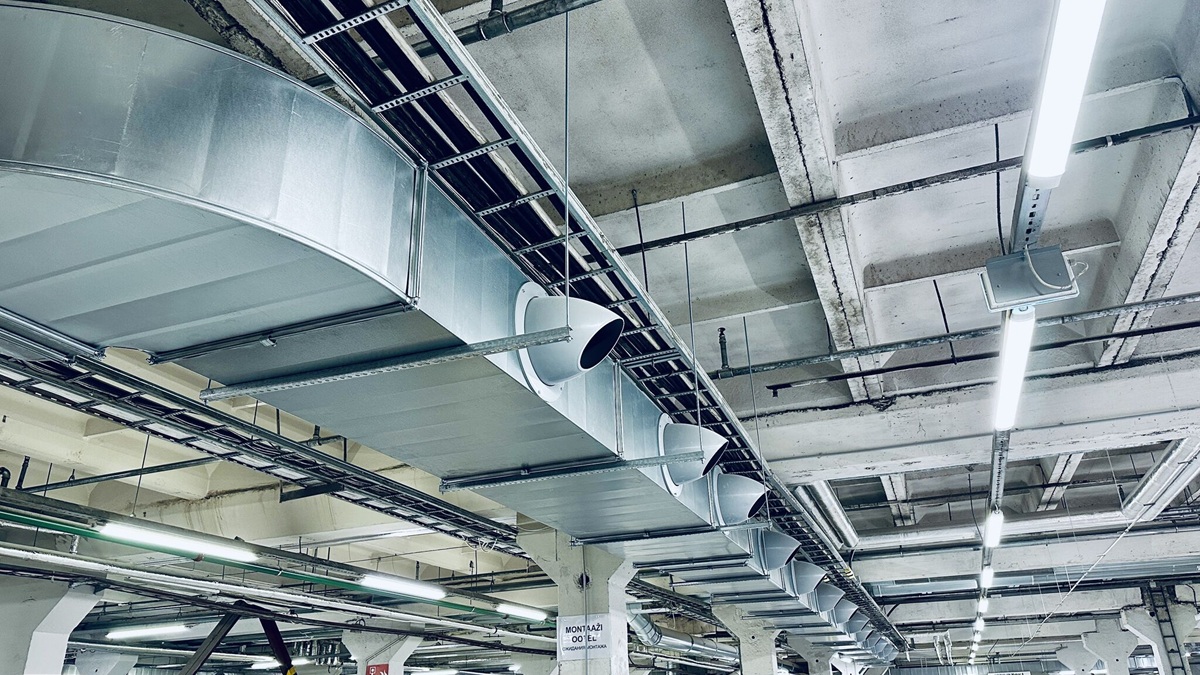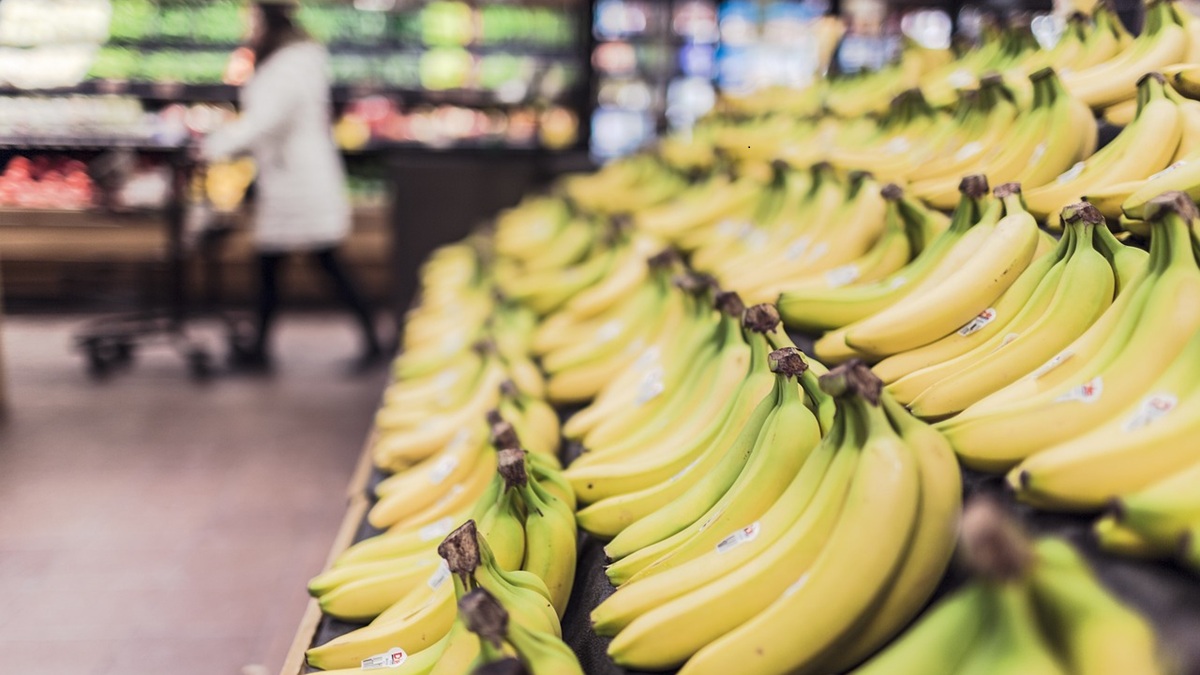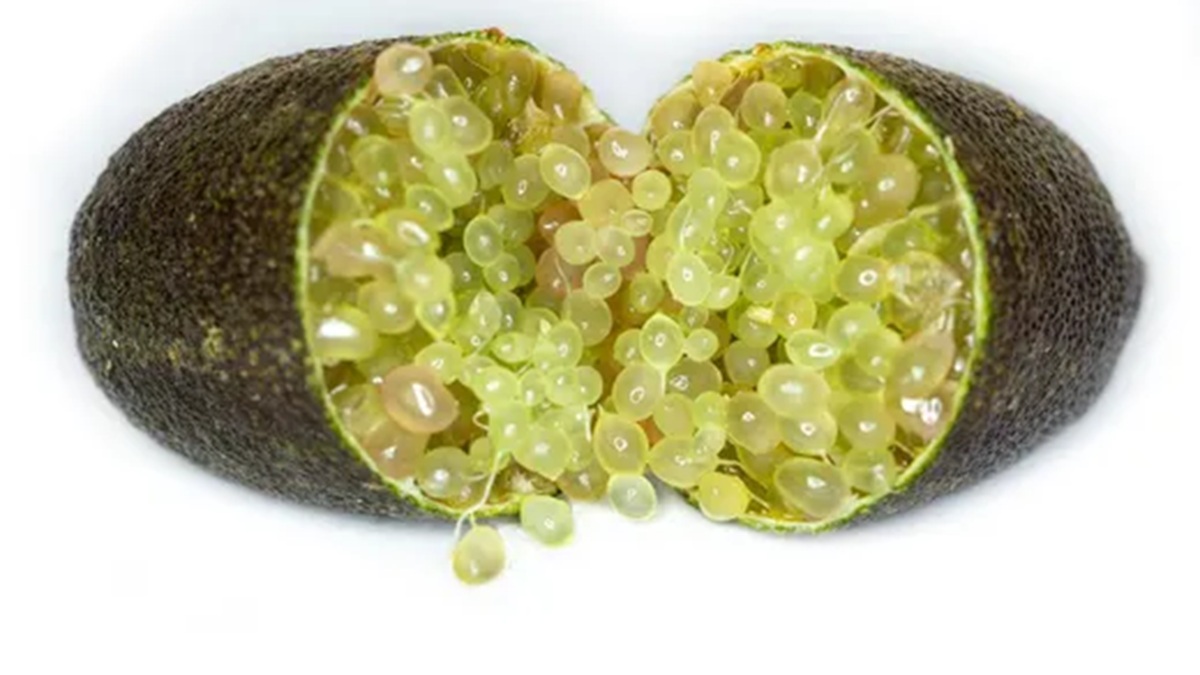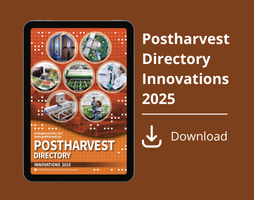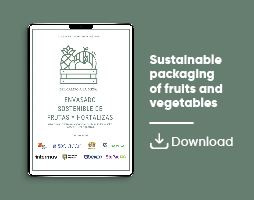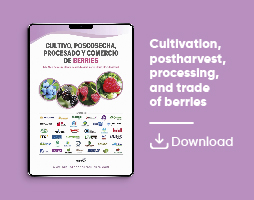News
Wellcome to Postharvest Management of Mediterranean Crops
The scientific community gathers in Palermo for the 9th Symposium on Postharvest Science to address the future of horticulture through the latest advances in technology, innovation, and sustainability at POSTHARVESTMED 2025
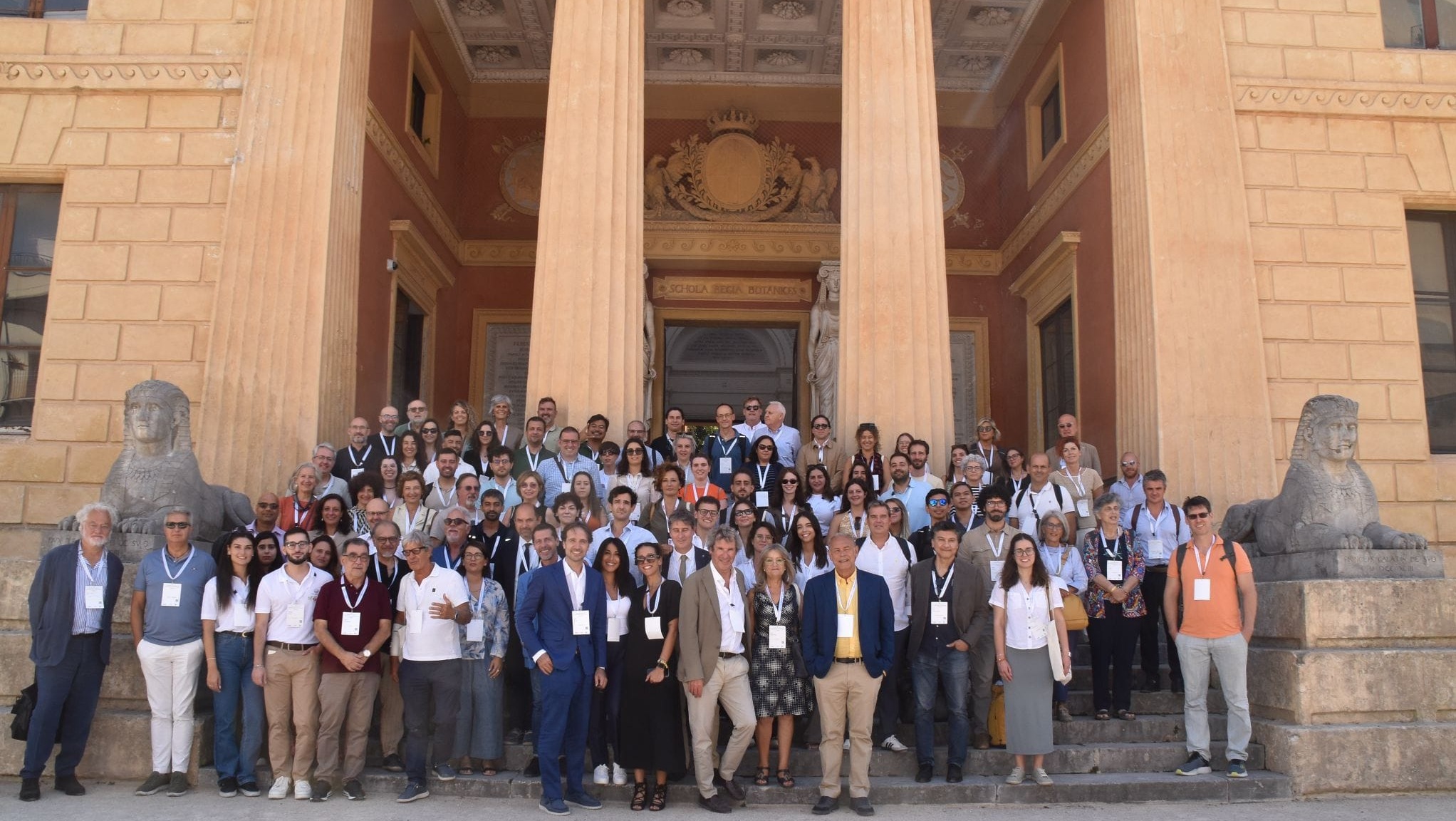
On September 17, 2025, the Palermo Botanical Garden became the epicenter of innovation in horticulture with the opening of the 9th Symposium on Postharvest Science. This event, organized by the SOI Postharvest Group and the Spanish SECH group, celebrates the 31st anniversary of the SOI group and aims to strengthen international collaboration between scientists and industry professionals.
Poscosecha.com was present at these sessions to provide firsthand coverage of lectures of great importance to the postharvest community due to their relevance for the sector.
The 9th Symposium on Postharvest Science offers a unique opportunity for researchers, academics, industry professionals, and horticulture students to meet and exchange knowledge, research findings, and innovations.
Key Debates and Technological Advances
The symposium brought together researchers, academics, and professionals to address critical topics such as:
- Advanced Precision Technologies and AI: Exploring how artificial intelligence and precision technologies are transforming postharvest management of horticultural and ornamental products.
- Quality Management and Preservation: Strategies for pre- and postharvest management were discussed, alongside innovative techniques to evaluate and enhance product quality and shelf life.
- Biotic and Abiotic Factors: Investigating the various factors that influence the shelf life of fruits, vegetables, and flowers, and how to manage them to maintain quality.
- Minimal Processing and Innovative Packaging: Exploring emerging trends and technologies to extend shelf life while reducing environmental impact.
About the SOI Group
The SOI Postharvest Group is a working group within the Italian Society of Horticulture (SOI). Founded in 1994, the group celebrated its 31st anniversary during the symposium. Its objective is to foster international cooperation between scientists in Italy and Spain (through the SECH Postharvest and Industry group) to advance postharvest science and technology.
POSTHARVESTMED 2025
High-End Markets vs. Food Deserts
In one of the symposium’s highlights, Professor Duccio Caccioni addressed the issue of “food deserts” in contrast to high-end markets. His lecture emphasized the importance of local horticulture in driving the farm-to-table economy. However, he stressed that one of the major obstacles is the lack of political will to establish legislation and trade policies that support the economic viability of local producers and facilitate the distribution of locally grown food.
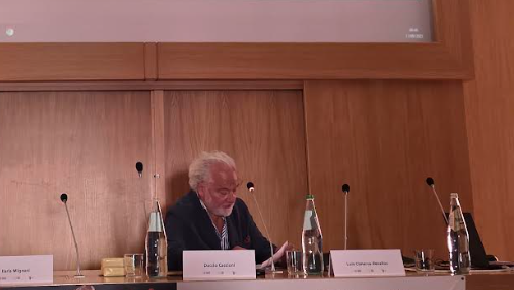
A detailed article on food deserts and their transformation into “healthy food oases” will soon be published on ACTUAL FruVeg.
Presentations on Cutting-Edge Postharvest Technology
Invited researcher Dr. Luis Cisneros Zevallos urged the scientific community to develop new technologies to induce controlled oxidative stress through factors such as UV light, wounding, or modified atmospheres. He explained that the goal is to turn plants and their by-products into “biofactories” of nutraceuticals—compounds that can help prevent and treat chronic diseases. This approach could also offer a viable alternative to genetic modification, providing a natural and consumer-acceptable way to enhance the nutritional quality of foods. Participants in this opening session included Maria Lusia Modio, Lorenzo Zacarías, and Alessandro Natalini.
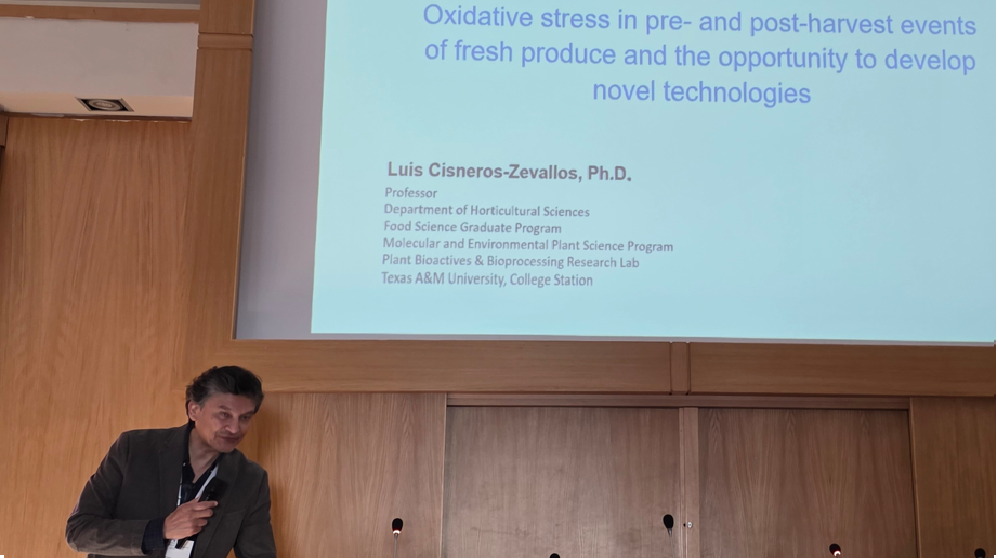
Dr. Lorenzo Zacarías presented the second group of speakers, focusing on the metabolic reasons behind the differing susceptibility to cold damage in various citrus species. This study examined how fatty acid metabolism influences citrus tolerance to cold. Participants in these sessions included Eleonora Littaru, Stefano Brizzolara, María José Giménez, Carmen González, Maria Concetta Strano, Romina Pedreschi, and Sabina Laveglia.
It was also noted that fatty acid desaturation is a crucial plant response to cold stress, increasing cell membrane fluidity. The research compared how this metabolic process functions differently in citrus naturally sensitive to cold damage versus more tolerant varieties, finding that genetics and preharvest conditions strongly influence fruit responses to low temperatures.
Later, in the second oral session, Francisco Artés-Hernández delivered a lecture on green technologies for converting Mediterranean horticultural by-products into high-value resources. Participants in this third group included Selene Ollani, Natasha D. Spadafora, Marina Giménez-Berenguer, Claudio Cannata, Elige Salamé, and M. Teresa Sanchez-Ballesta.
The final group of speakers closing the first day was led by Dr. Romina Pedreschi, with contributions from Hilary J. Rogers, Vicente Serna-Escolano, Irene Romero, and Raquel Villanova-Estors.
On September 18, the day was dedicated to a technical visit to the fruit and vegetable processing plants of Oranfrizer in Scordia and the juice packaging plant of Rex Island in Caltagirone.
On September 19, the symposium’s final day began with invited expert Daniel Alexandre Neuwald presenting an engaging lecture on apple quality management using dynamic controlled atmospheres. The sessions concluded with Maria Cefola presenting research on volatile organic compounds as quality markers during postharvest storage of fruits and vegetables.
This symposium provided a unique opportunity for collaboration and the exchange of ideas, with the aim of advancing postharvest science and technology and shaping the future of horticulture.


